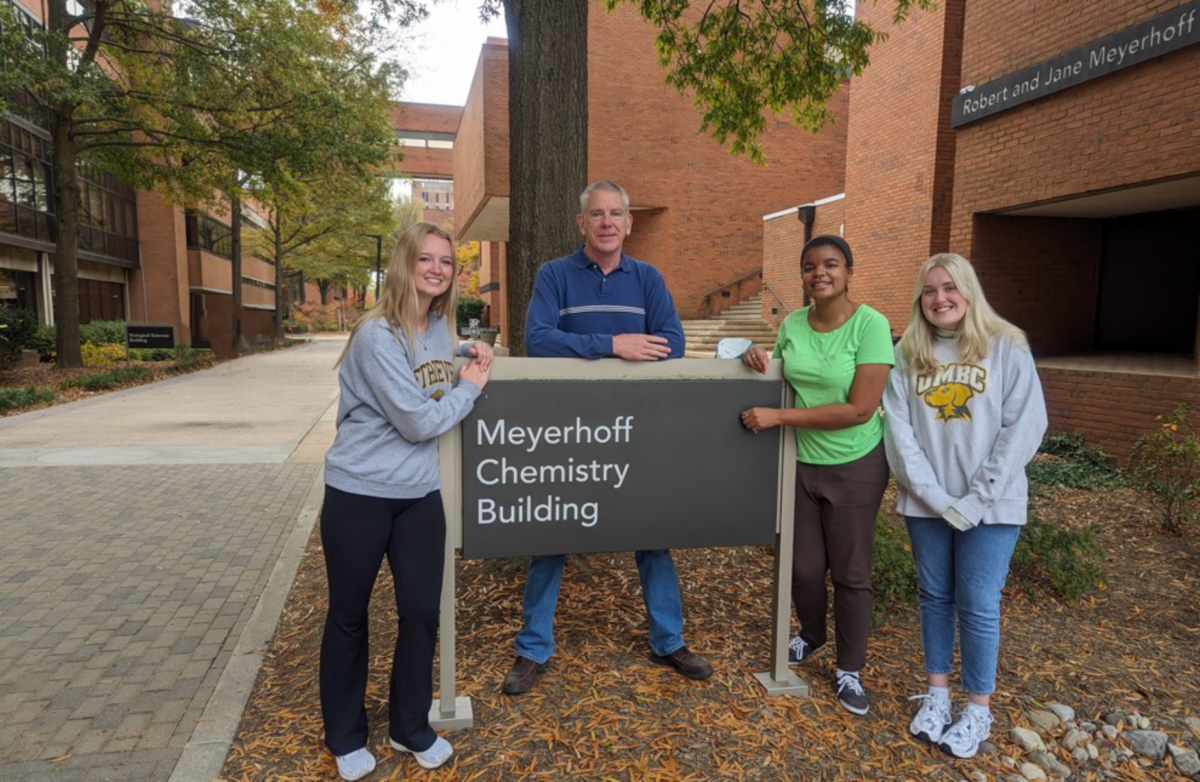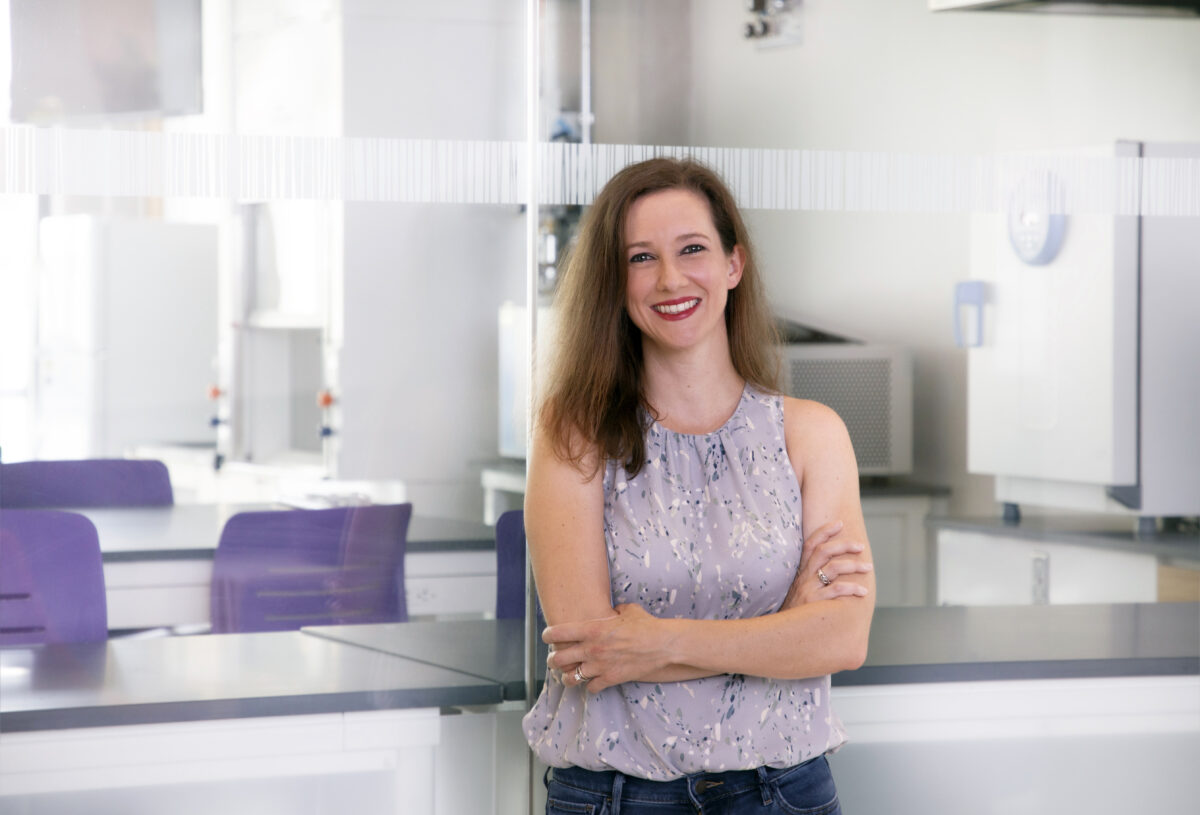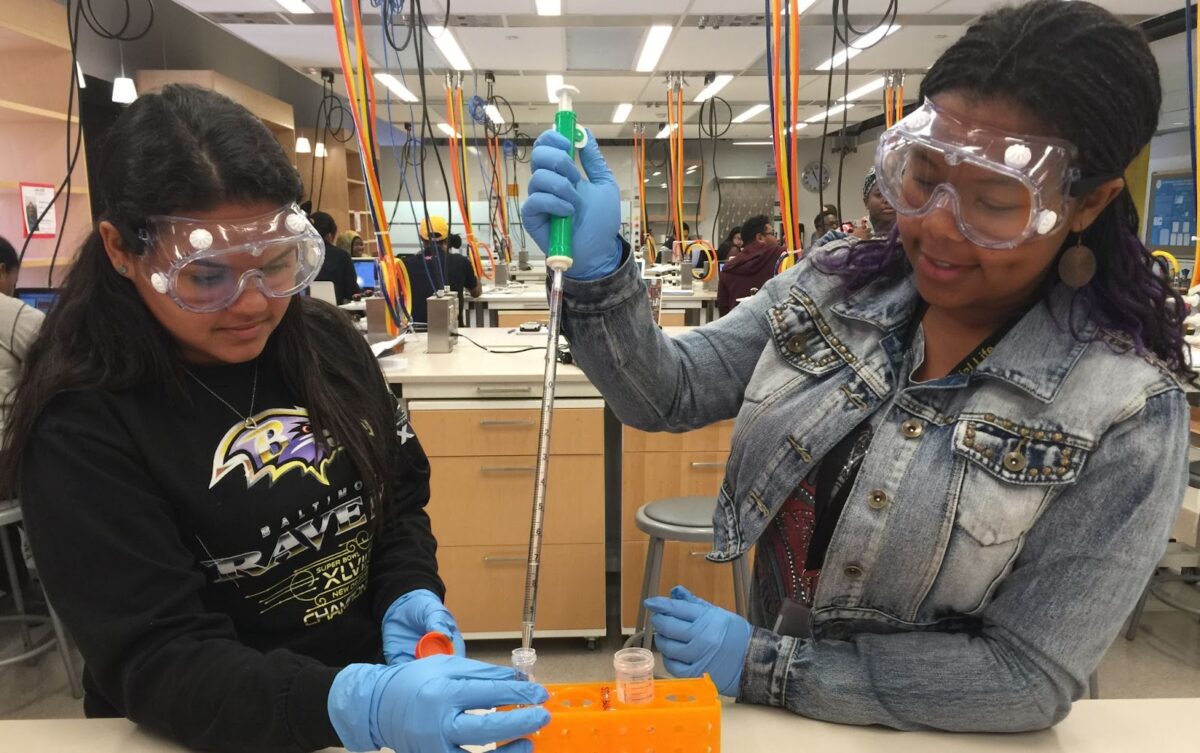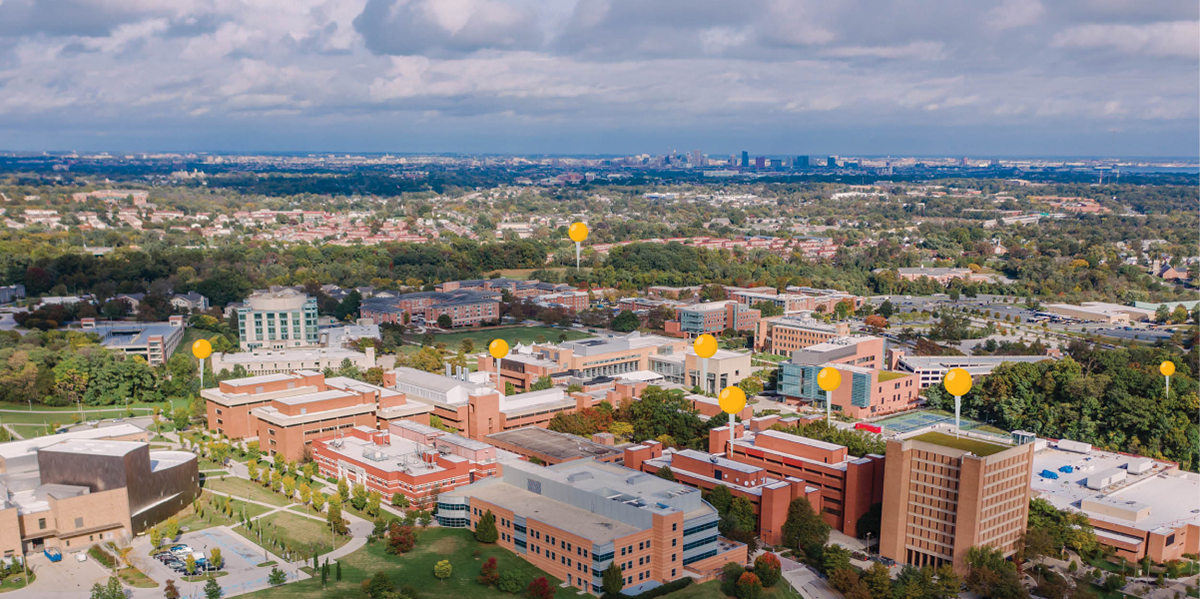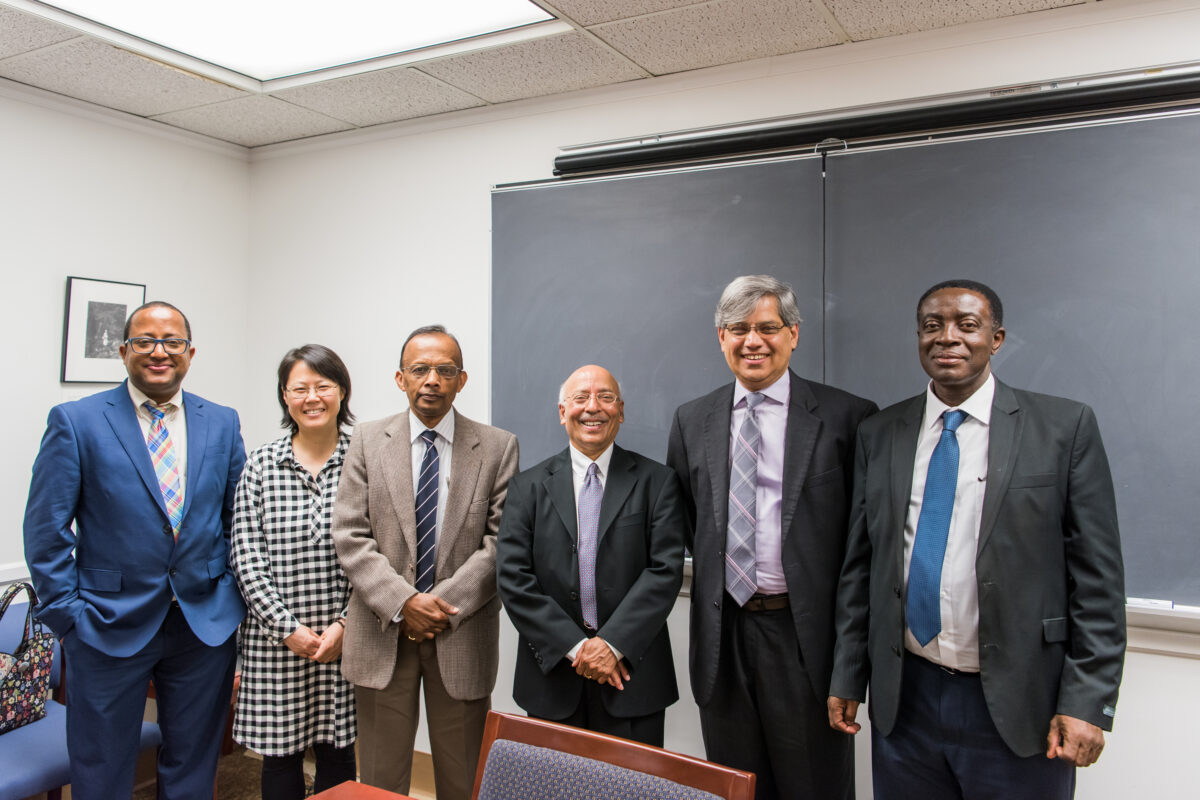Three decades of student mentoring earns UMBC chemist Paul Smith the Braude Award
Chemist Paul Smith has been recognized for him commitment to mentoring undergraduate students at UMBC for nearly three decades. Early opportunities “allowed me to immerse myself in research as an undergraduate,” Smith says, “so I think because of that, it’s always been important to me to include undergrads in the research that we do in my lab.” Continue Reading Three decades of student mentoring earns UMBC chemist Paul Smith the Braude Award

